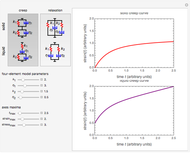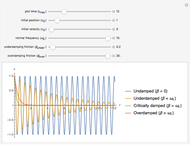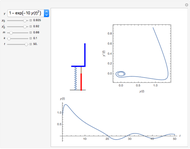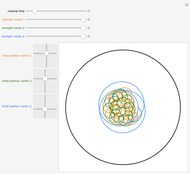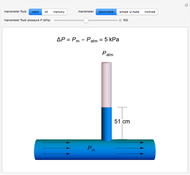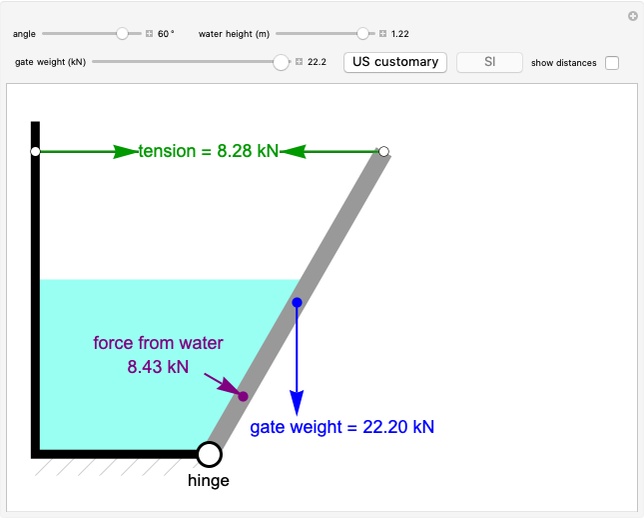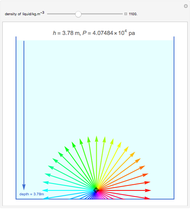Fracture Element in Rheological Models

Requires a Wolfram Notebook System
Interact on desktop, mobile and cloud with the free Wolfram Player or other Wolfram Language products.
Force-displacement curves of viscoelastic materials that exhibit failure can be described by mechanical analogs composed of springs, dashpots, and fracture elements. This Demonstration presents simple combinations of these elements and shows how their constants and the displacement rate can affect their array's deformation and rupture pattern.
Contributed by: Mark D. Normand and Micha Peleg (October 2013)
Open content licensed under CC BY-NC-SA
Snapshots
Details
Snapshot 1: model A with high 
Snapshot 2: model B at low displacement rate ( )
)
Snapshot 3: model B at high displacement rate ( )
)
Snapshot 4: model C with 
Snapshot 5: model C with 
The definition of a fracture (shear pin) element is: if  , then
, then  , else
, else  , where
, where  is the fracture force. In an in-series array with a spring having a constant
is the fracture force. In an in-series array with a spring having a constant  (model A), the array's constitutive definition is: if
(model A), the array's constitutive definition is: if  , then
, then  , else
, else  .
.
If the fracture element is in-series with a three-element viscoelastic solid model (model B), the array's definition is: if  , then
, then  , else
, else  , where
, where  and
and  are the springs' constants,
are the springs' constants,  is the dashpot's viscosity, and
is the dashpot's viscosity, and  is the displacement rate. According to this model, therefore, the fracture's occurrence is determined by both the elements' constants and the displacement rate.
is the displacement rate. According to this model, therefore, the fracture's occurrence is determined by both the elements' constants and the displacement rate.
If two springs  and
and  ) with two fracture elements (
) with two fracture elements ( and
and  ) in series are combined in a parallel array (model C), this array's definition is
) in series are combined in a parallel array (model C), this array's definition is  (if
(if  , then
, then  , else 0) + (if
, else 0) + (if  , then
, then  , else 0). Thus, according to this model, the details of the serrated force-displacement depend on the absolute and relative magnitudes of the four elements' constants.
, else 0). Thus, according to this model, the details of the serrated force-displacement depend on the absolute and relative magnitudes of the four elements' constants.
References
[1] B. Drake, "A Quasi-Rheological Model Element for Fracture," Journal of Texture Studies, 2, 1971 pp. 265–372.
[2] R. I. Tanner, F. Qi, and S-C. Dai, "Bread Dough Rheology and Recoil," Journal of Non-Newtonian Fluid Mechanics, 148, 2008 pp. 33–40.
Permanent Citation












